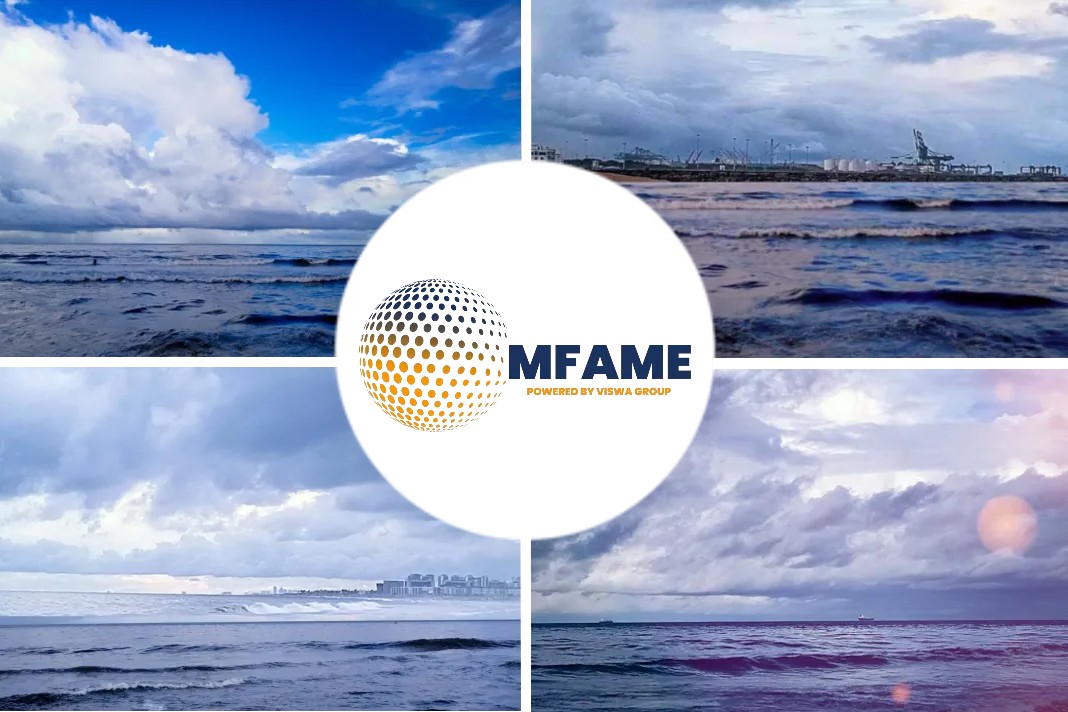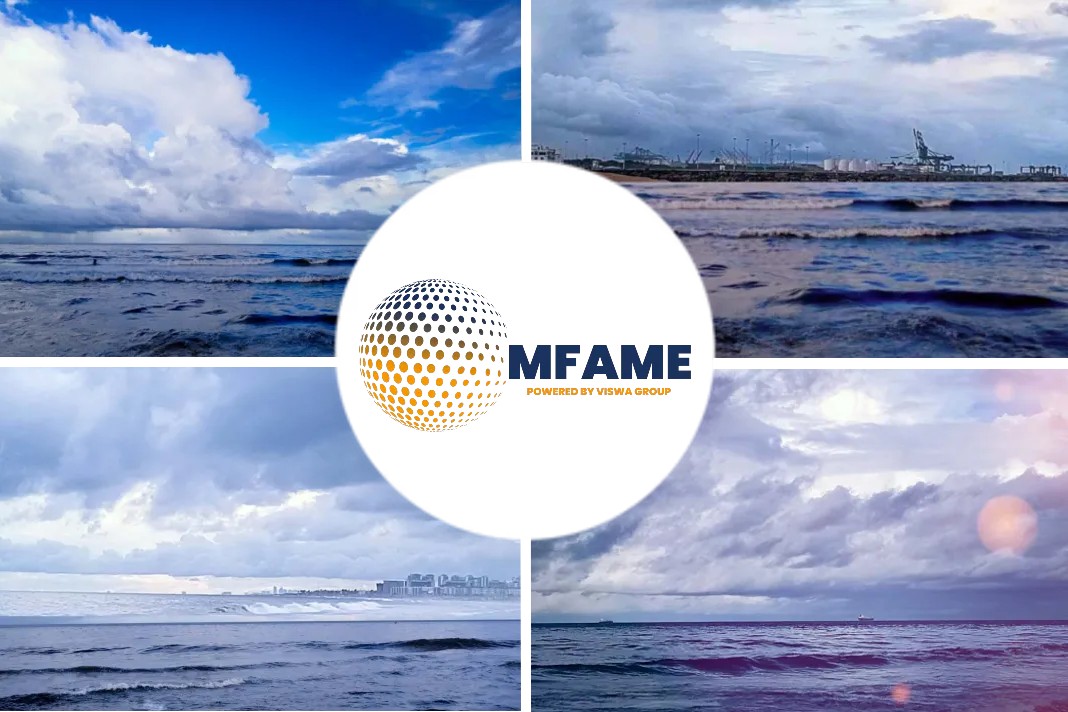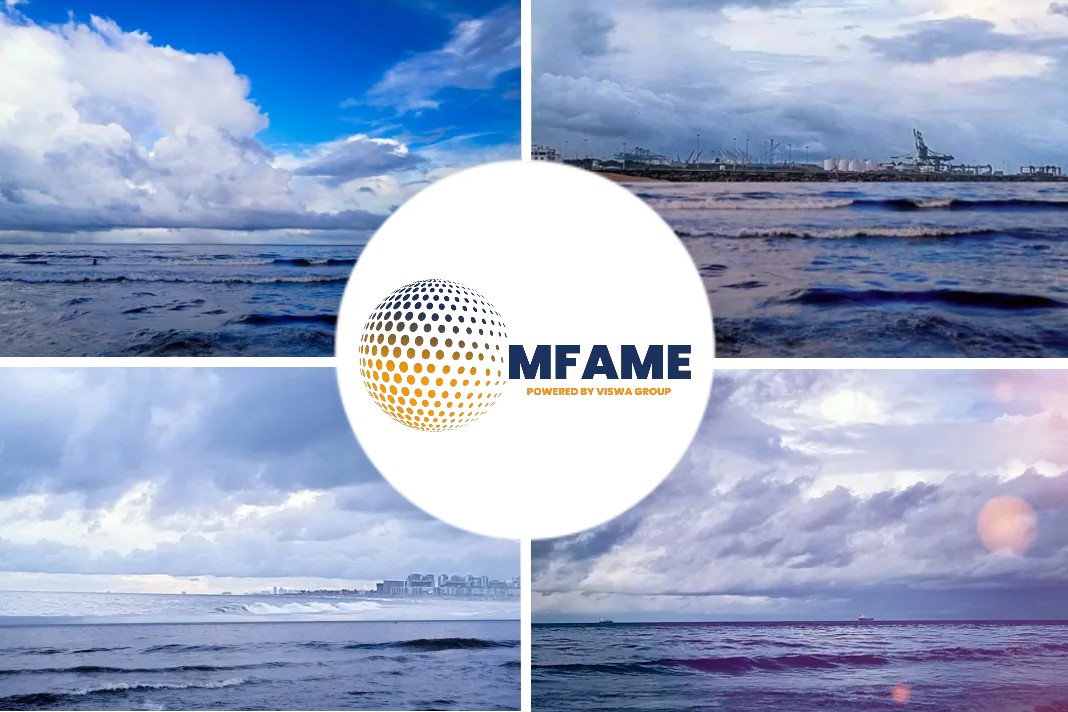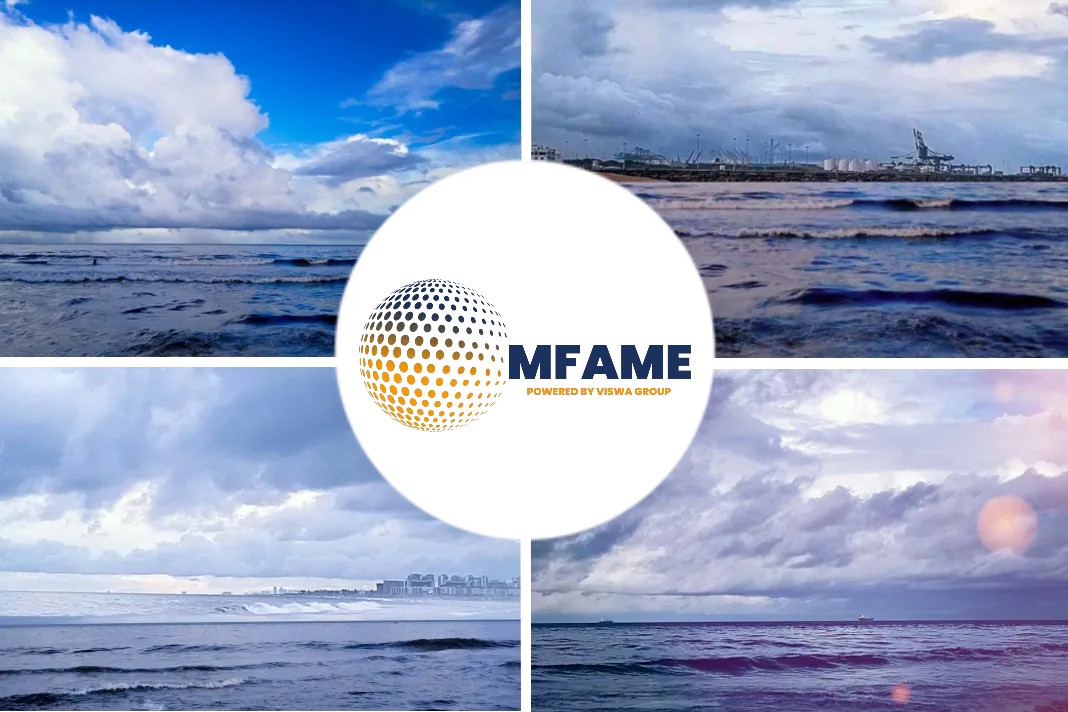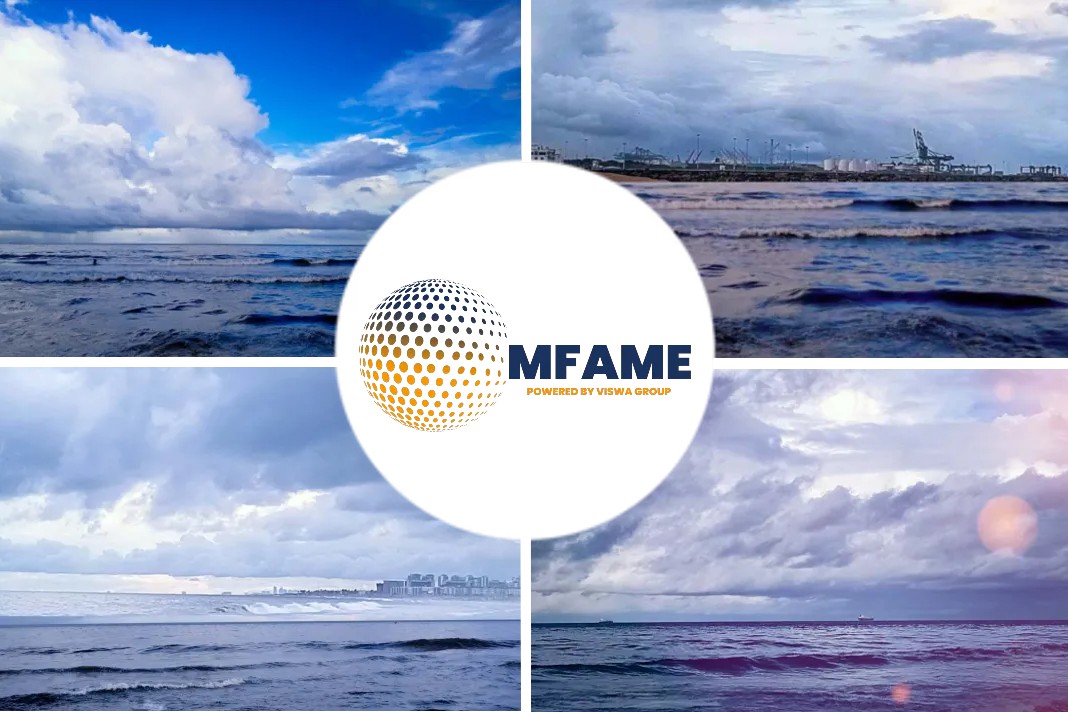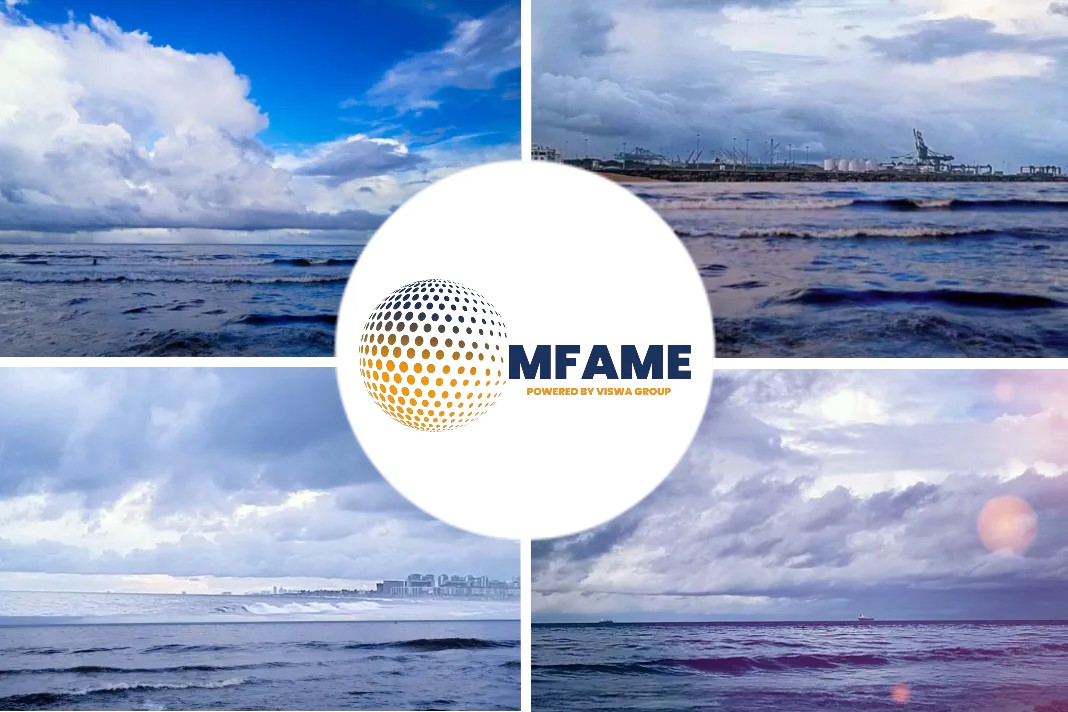As the London International Energy Week kicks off with the S&P Global Platts London Energy Forum, our editors share how carbon intensity has become a significant barometer in oil markets as well as offer a glimpse into a selection of our hydrogen assessments in different regions. US LNG exports, European refined products and electric vehicle sales forecast are also in focus, says an article published in Platts.
North Sea crudes are least carbon intensive globally
What’s happening? Crude grades from the North Sea, home to the world’s most important crude oil benchmark – Platts Dated Brent – have emerged as the least carbon-intensive globally.
According to an analysis of S&P Global Platts data, at least six out of the eight low-carbon crude grades listed in the Platts Periodic Table of Oil originate from the North Sea basin.
Dated Brent soared to over $100/b Feb. 16, the highest since Sept. 4, 2014, due to an extremely tight physical crude market supported by resurgent demand, low spare capacity, shrinking oil inventories and geopolitical tensions.
What’s next? Carbon intensity has emerged as a new barometer in the oil industry, and is being viewed similar to the way the market looks at sulfur. The higher the carbon intensity of a crude, the lower its value will be, as this oil is crude produced at a relatively high rate of emissions.
Energy majors such as BP, TotalEnergies and Shell have vowed to prioritize upstream spending on lower-carbon oil and are expected to increasingly sell their stakes in higher-carbon projects.
Many oil and gas companies are also looking to reduce their carbon footprints by employing many different strategies, such as reducing flaring, shifting to less carbon-intensive production, creating more low-carbons fuels, investing in carbon offsets and adding carbon capture, among other avenues, to stay viable.
Global hydrogen price wall reveals future likely trade flows
What’s happening? The UK remained the highest priced region globally for low-carbon hydrogen production despite sharp drops in January, S&P Global Platts Hydrogen Price Wall interactive infographic shows.
UK electrolysis production prices averaged around $20/kg in January, more than seven times the cheapest locations in Western Australia and the US Gulf Coast. UK prices were over 25% above the next highest priced region, the Netherlands, and more than 50% higher than in Japan, another potential importer.
Low production costs in Australia, meanwhile, highlighted the country’s credentials to supply Japan and South Korea.
What’s next? Understanding how differences in regional power markets impact hydrogen production costs around the world will be an increasingly important factor in determining future trade flows, Platts Head of Energy Transition Pricing Alan Hayes said, adding that regional differences will also be important for decision makers who want to compare options to achieve the most cost-effective routes to decarbonization.
The data on the wall also show the comparative cost advantage CCS-based low carbon hydrogen pathways have in Europe versus electrolysis.
While the UK is a high-priced hydrogen market today, Platts Analytics anticipates it will be in a position to export around 25% of its hydrogen production by 2050, with exports to continental Europe starting as early as 2033 – assuming low-cost power and gas feedstocks can be secured.
US LNG exports hit record highs as new capacity ramps up
What’s happening? US LNG feedgas demand is on a tear this winter, hitting successive record highs at over 13 Bcf/d recently, Platts Analytics data shows.
Record exports come following the startup of commercial service at Cheniere Energy’s Sabine Pass Train 6 in December, and more recently, first LNG production at Venture Global’s Calcasieu Pass export terminal in Louisiana.
What’s next? At Calcasieu Pass, just four of the facility’s 18 modular liquefaction trains are currently operational with flows to the facility averaging just 240 MMcf/d in February – well below its nameplate capacity at 10 million mt/yr.
With regulatory approval for the remaining trains likely forthcoming soon, exports from the facility are expected to continue growing amid strong global LNG demand and elevated prices, currently around $20-$25/MMBtu.
European products supporting crude price strength
What’s happening? European product cracks have helped to support the recent crude price strength. There has been steady improvement in both gasoline and middle distillate cracks, while fuel oil cracks have weakening.
On balance, refining margins are healthy, even given the elevated natural gas prices being faced for process fuel. Such margin strength is incentivizing crude runs and hence the demand for crude.
However, the current risks of a Russian incursion into Ukraine, has caused refiners to shun Russian barrels, and instead focus on North Sea barrels.
As such, there has been sharp widening in the Urals discount against North Sea barrels, which has seen Dated Brent push over $100/b, most recently.
What’s next? Global demand uplift that is expected, starting in May and extending through August, is concentrated in the Atlantic Basin.
Demand growth in the Atlantic Basin is expected to be 3.6 million b/d, while East of Suez demand growth is only 1.6 million b/d. Strong global growth in gasoline demand of 1.6 million b/d is expected, of which 800,000 is in the US and Canada, and another 300,000 b/d is slated for Europe (East and West) and the FSU.
This should provide good support for gasoline cracks. More telling is the expected demand growth in middle distillates, combined gasoil-diesel and kerojet, which will total 2 million b/d, May-Aug. Of that, nearly 1.3 million b/d is expected in Europe (Western and Eastern) and the FSU.
A Russian incursion into Ukraine, would put that demand growth at risk, and could weigh on what has so far been a very constructive picture to middle distillate cracks.
Global light duty EV sales to rise to 26.8 mil by 2030: Platts Analytics
What’s happening? Global light duty electric vehicle sales reached a record high of 6.3 million units in 2021, up 102% year on year. Roughly 80% of this growth was driven primarily by the EU and China, as government-backed regulations and incentives bolstered their EV markets.
What’s next? Platts Analytics expects global light duty EV sales to rise to 26.8 million units in 2030. The updated 2030 forecast is 23% higher than the previous Platts Analytics forecast released in June 2021 due to a variety of factors, including better consumer adoption momentum and increased policy support and pressures.
Despite the accelerated growth in EV sales, Platts Analytics expects the current global light duty vehicle fleet to continue to be dominated by ICE vehicles in the coming decades, as existing and future ICE vehicles have to age into retirement.
However, Platts Analytics forecasts the global light duty passenger EV fleet to displace 1.8 million barrels/day of petroleum-based road transport fuel by 2030, requiring 303 TWh/year of electricity for charging.
Did you subscribe to our daily newsletter?
It’s Free! Click here to Subscribe!
Source: Platts







